How to Secure Furniture and Objects during an Earthquake: Preventing Injury and Damage
Living in an earthquake-prone area can be a nerve-wracking experience. You never know when the next earthquake will hit, and it’s essential to be prepared for it. One of the most crucial steps in earthquake preparedness is securing furniture and objects in your home or workplace. In an earthquake, unsecured objects can become dangerous projectiles, causing injury or damage to property.
The Importance of Securing Furniture and Objects during an Earthquake
Earthquakes can cause significant damage to buildings, homes, and other structures. The shaking can cause furniture and other objects to move and fall, leading to injury or damage. Securing furniture and objects in your home or workplace can help prevent this. It’s essential to secure furniture and objects to prevent them from tipping over or falling during an earthquake.
How to Secure Furniture and Objects during an Earthquake
There are several ways to secure furniture and objects during an earthquake. One of the most effective ways is to use earthquake straps or brackets. These are designed to secure furniture and objects to walls or floors, preventing them from tipping over or falling. Another option is to use museum wax to secure smaller objects to shelves or tables. Additionally, it’s essential to ensure that heavy items are placed on lower shelves or the floor.
Conclusion
Securing furniture and objects during an earthquake is essential for preventing injury and damage. By taking the necessary precautions, you can help protect yourself, your family, and your property from the effects of an earthquake.
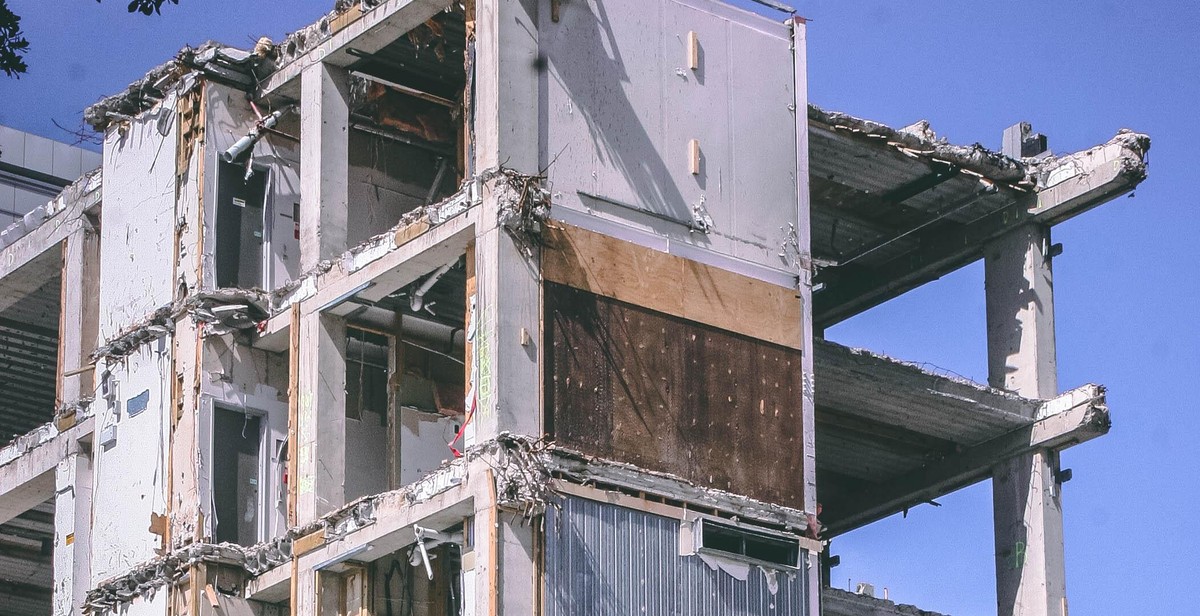
Understanding Earthquakes
Earthquakes are one of the most destructive natural disasters that can occur, causing widespread damage and loss of life. Understanding how earthquakes happen and their different magnitudes can help you prepare and protect yourself and your belongings.
What is an Earthquake?
An earthquake is a sudden and violent shaking of the ground caused by the movement of tectonic plates beneath the earth’s surface. This movement creates seismic waves that travel through the earth and can be felt on the surface.
How Do Earthquakes Happen?
Earthquakes occur when two tectonic plates, which are constantly moving and shifting, collide or slide past each other. The energy released during this movement creates seismic waves that cause the ground to shake. Earthquakes can also be triggered by human activities such as mining, drilling, and construction.
What are the Different Magnitudes of Earthquakes?
Earthquakes are measured on the Richter scale, which ranges from 0 to 10. Each increase in magnitude represents a tenfold increase in the amplitude of the seismic waves. A magnitude 5 earthquake is 10 times stronger than a magnitude 4 earthquake, and a magnitude 6 earthquake is 100 times stronger than a magnitude 4 earthquake.
- A magnitude 2.5 or less earthquake is usually not felt, but can be detected by seismographs.
- A magnitude 5 or higher earthquake can cause significant damage to buildings and infrastructure.
- A magnitude 8 or higher earthquake is extremely rare and can cause catastrophic damage and loss of life.
It is important to be aware of the potential for earthquakes in your area and to take steps to prepare and protect yourself and your belongings.
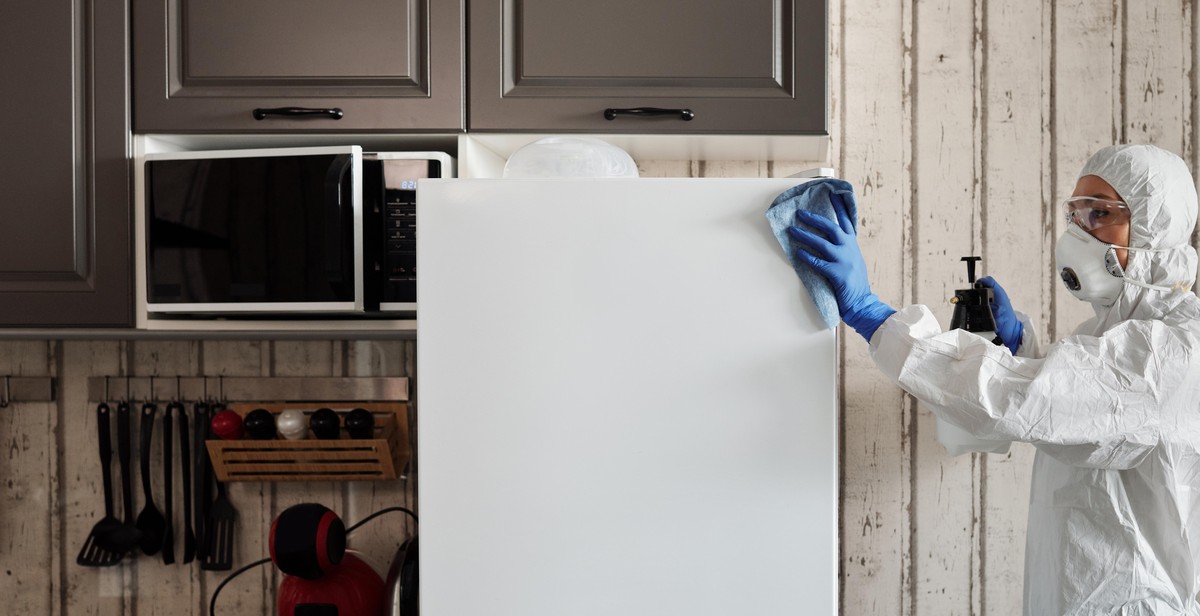
Importance of Securing Furniture and Objects during an Earthquake
Earthquakes are natural disasters that can cause significant damage and injury. The shaking and vibrations caused by an earthquake can make furniture and other objects in your home or office fall or topple over, leading to potentially life-threatening situations. Securing your furniture and objects can help prevent injury and damage during an earthquake.
Prevent Injury
Unsecured furniture and objects can fall and injure people during an earthquake. Heavy objects, such as bookcases and cabinets, can cause serious injuries or even death if they fall on someone. Securing your furniture and objects can help prevent these types of injuries. By securing your furniture, you can ensure that it stays in place during an earthquake, reducing the risk of injury.
Prevent Damage
Unsecured furniture and objects can also cause significant damage during an earthquake. Falling objects can break windows, damage walls, and destroy valuable possessions. By securing your furniture and objects, you can help prevent this type of damage. Securing your furniture can also help prevent it from moving around and causing damage to other items in your home or office.
Compliance with Building Codes
Securing furniture and objects is not only important for safety but also for compliance with building codes. Many building codes require that furniture and objects be secured to prevent injury and damage during an earthquake. Failure to comply with these codes can result in fines or legal action.
Peace of Mind
Securing your furniture and objects can also provide peace of mind during an earthquake. Knowing that your furniture and objects are secure can help reduce anxiety and stress during an earthquake. This can be particularly important for children and elderly individuals who may be more susceptible to the emotional impact of an earthquake.
Conclusion
Securing your furniture and objects is an important step in earthquake preparedness. By securing your furniture and objects, you can help prevent injury and damage, comply with building codes, and provide peace of mind during an earthquake. Take the time to secure your furniture and objects today to ensure the safety of yourself and those around you.
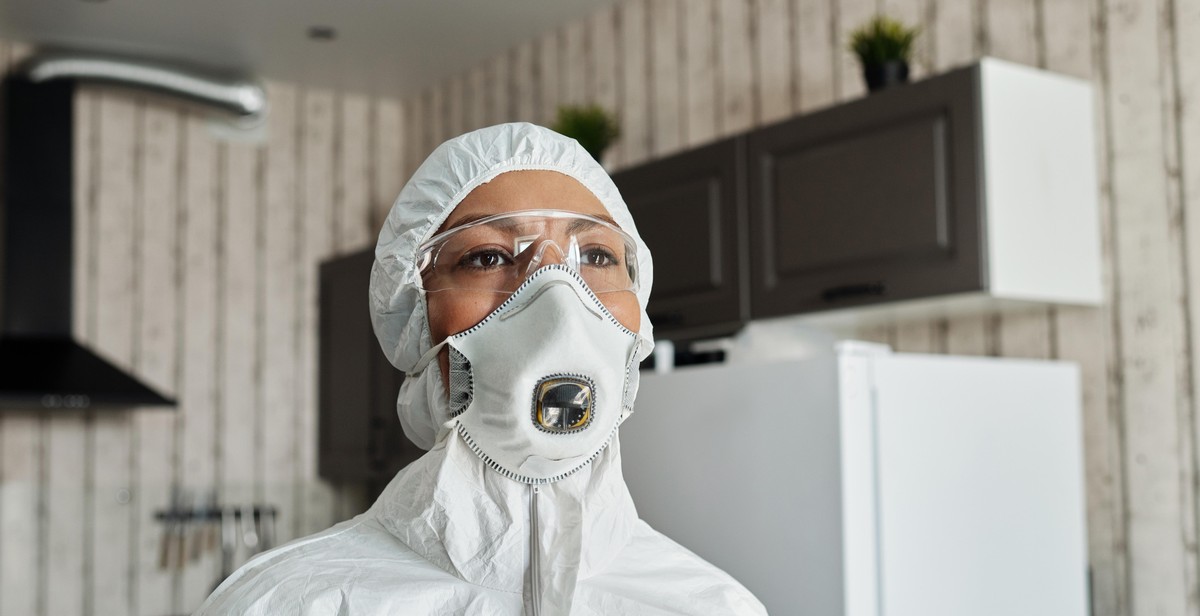
Identifying Hazards in Your Home or Office
Before securing your furniture and objects, it is important to identify potential hazards in your home or office. Here are some common hazards to look out for:
Potential Hazards in Your Home
- Heavy furniture, such as bookshelves and cabinets, that could topple over during an earthquake
- Objects hanging on walls, such as mirrors and pictures, that could fall and cause injury or damage
- Electrical appliances and cords that could become dislodged and cause fires or electrical hazards
- Glass objects, such as vases and picture frames, that could shatter and cause injury
- Loose or unstable objects, such as lamps and figurines, that could become projectiles during an earthquake
Potential Hazards in Your Office
- Office furniture, such as desks and filing cabinets, that could tip over and cause injury or damage
- Computers and other electronic equipment that could become dislodged and cause damage or electrical hazards
- Objects hanging on walls, such as whiteboards and artwork, that could fall and cause injury or damage
- Loose or unstable objects, such as office supplies and decorations, that could become projectiles during an earthquake
- Heavy machinery or equipment that could become unstable or cause damage during an earthquake
By identifying potential hazards in your home or office, you can take the necessary steps to secure your furniture and objects and prevent injury and damage during an earthquake.

Securing Furniture and Objects in Your Home or Office
Earthquakes can be unpredictable and can cause severe damage to your property and injure your loved ones. Securing your furniture and objects can help prevent injuries and damage. Here are some tips on how to secure your furniture and objects during an earthquake:
Securing Heavy Furniture and Appliances
Heavy furniture and appliances can be dangerous if they fall during an earthquake. To secure them, follow these steps:
- Use furniture straps or L-brackets to anchor furniture to the wall or floor.
- Install anti-tip devices on appliances like refrigerators, stoves, and washing machines.
- Place heavy objects on lower shelves or on the floor to prevent them from falling off high surfaces.
- Consider installing earthquake-resistant furniture, such as bed frames and bookshelves, which are designed to withstand seismic activity.
Securing Light Furniture and Objects
Light furniture and objects can also cause damage if they fall during an earthquake. To secure them, follow these steps:
- Use museum wax or putty to secure decorative objects like vases and figurines to shelves or tables.
- Install corner braces on lightweight furniture like bookshelves and cabinets.
- Use adhesive velcro strips to secure picture frames and mirrors to the wall.
- Consider using earthquake-resistant glass for windows and glass doors.
Securing Objects on Shelves and Walls
Objects on shelves and walls can also be dangerous during an earthquake. To secure them, follow these steps:
- Install shelf brackets to secure shelves to the wall.
- Use earthquake putty to secure objects like clocks and picture frames to the wall.
- Hang heavy objects like mirrors and paintings from closed hooks or picture hangers.
- Consider using earthquake-resistant drywall or plaster to reinforce walls.
| Object | Method of Securing |
|---|---|
| Bookshelves | Use furniture straps or L-brackets to anchor to the wall or floor. |
| Pictures and Mirrors | Use adhesive velcro strips to secure to the wall. |
| Clocks and Figurines | Use earthquake putty to secure to shelves or tables. |
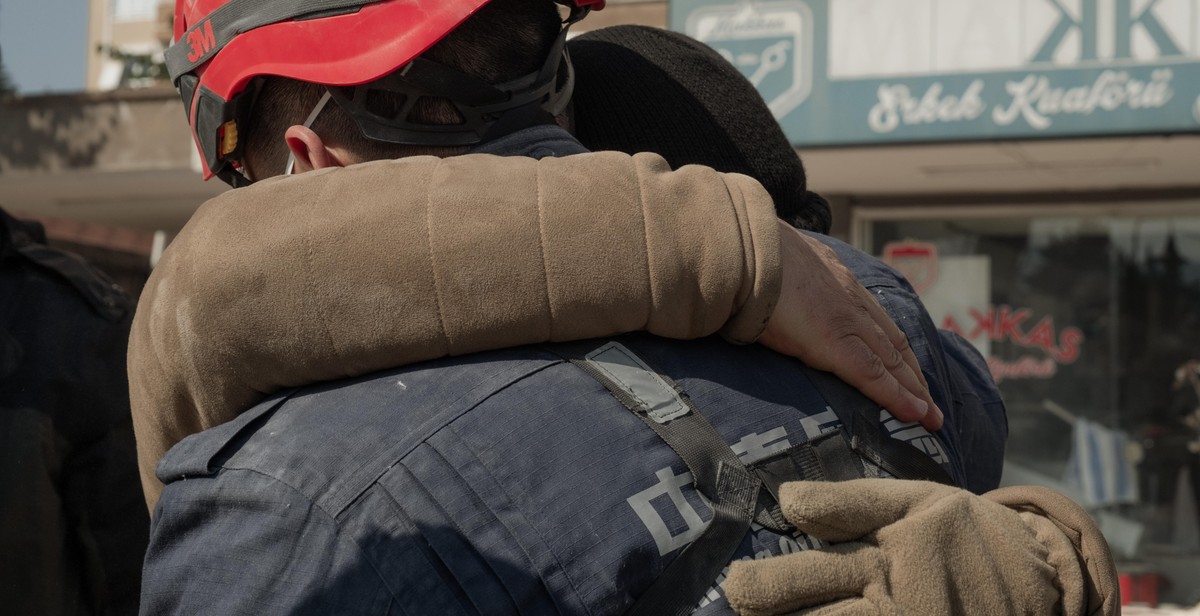
What to Do During an Earthquake
When an earthquake strikes, it’s crucial to know what to do to stay safe. Here are some essential tips to follow:
1. Drop, Cover, and Hold On
The first and most important thing to do during an earthquake is to drop, cover, and hold on. Drop to the ground, take cover under a sturdy piece of furniture, and hold on until the shaking stops. If there’s no furniture nearby, crouch down in an inside corner of the room and cover your head and neck with your arms.
2. Stay Away from Windows and Mirrors
Stay away from windows and mirrors during an earthquake. Broken glass can cause serious injuries. If you’re in a room with windows, move to the center of the room and take cover under a sturdy piece of furniture.
3. Stay Put Until the Shaking Stops
Don’t try to leave the building during an earthquake. It’s safer to stay put until the shaking stops. If you’re outside, move away from buildings, trees, and power lines.
4. Be Prepared for Aftershocks
After an earthquake, there may be aftershocks. These are smaller earthquakes that can still cause damage. Be prepared for them and follow the same safety procedures as during the main earthquake.
5. Check for Injuries and Damage
After the shaking stops, check yourself and others for injuries. If you’re injured, seek medical attention immediately. Check your home for damage and turn off the gas and electricity if you suspect a leak or damage.
By following these tips, you can stay safe during an earthquake and minimize the risk of injury and damage.
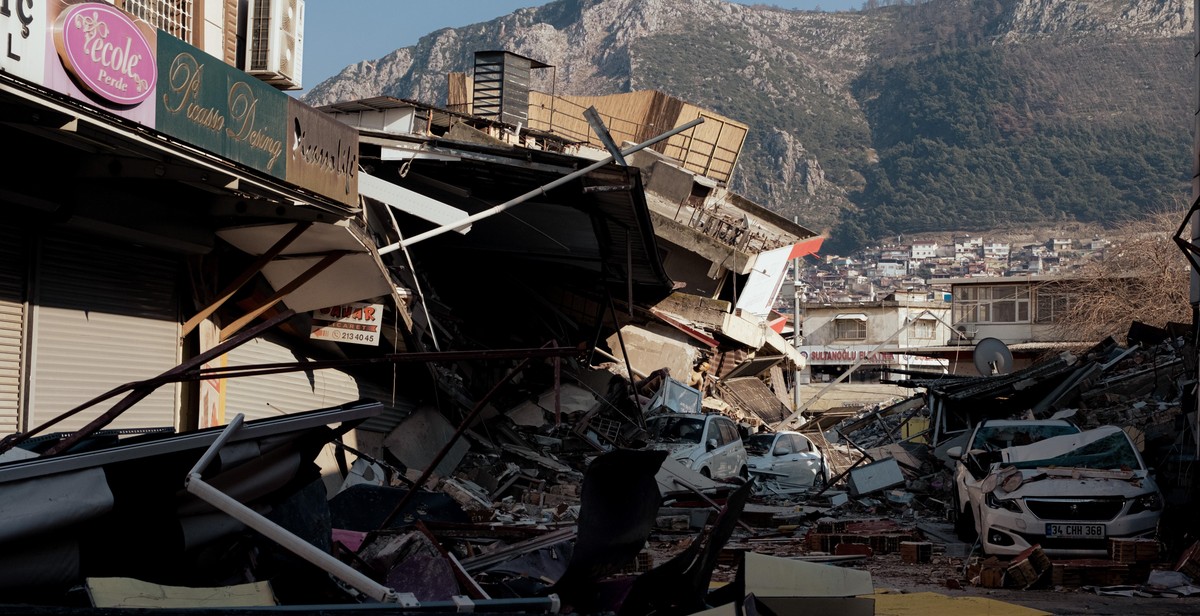
Conclusion
Earthquakes are unpredictable and can cause significant damage to our homes and personal belongings. However, taking the necessary precautions can go a long way in preventing injury and damage to furniture and objects during an earthquake.
One of the most important steps is to secure large furniture items such as bookcases, dressers, and cabinets to the wall using brackets or straps. This will prevent them from falling over and causing injury or damage. Additionally, smaller objects such as vases, picture frames, and lamps should be placed on lower shelves or secured with putty or museum wax to prevent them from falling and breaking.
It is also important to have an emergency kit prepared in case of an earthquake. This should include items such as water, non-perishable food, first aid supplies, and flashlights.
By taking these steps, we can ensure that our homes and personal belongings are safe during an earthquake. Remember, it is better to be prepared and take preventative measures than to deal with the aftermath of an earthquake.
| Key Takeaways: |
|---|
| 1. Secure large furniture items to the wall using brackets or straps. |
| 2. Place smaller objects on lower shelves or secure them with putty or museum wax. |
| 3. Have an emergency kit prepared with necessary supplies. |
